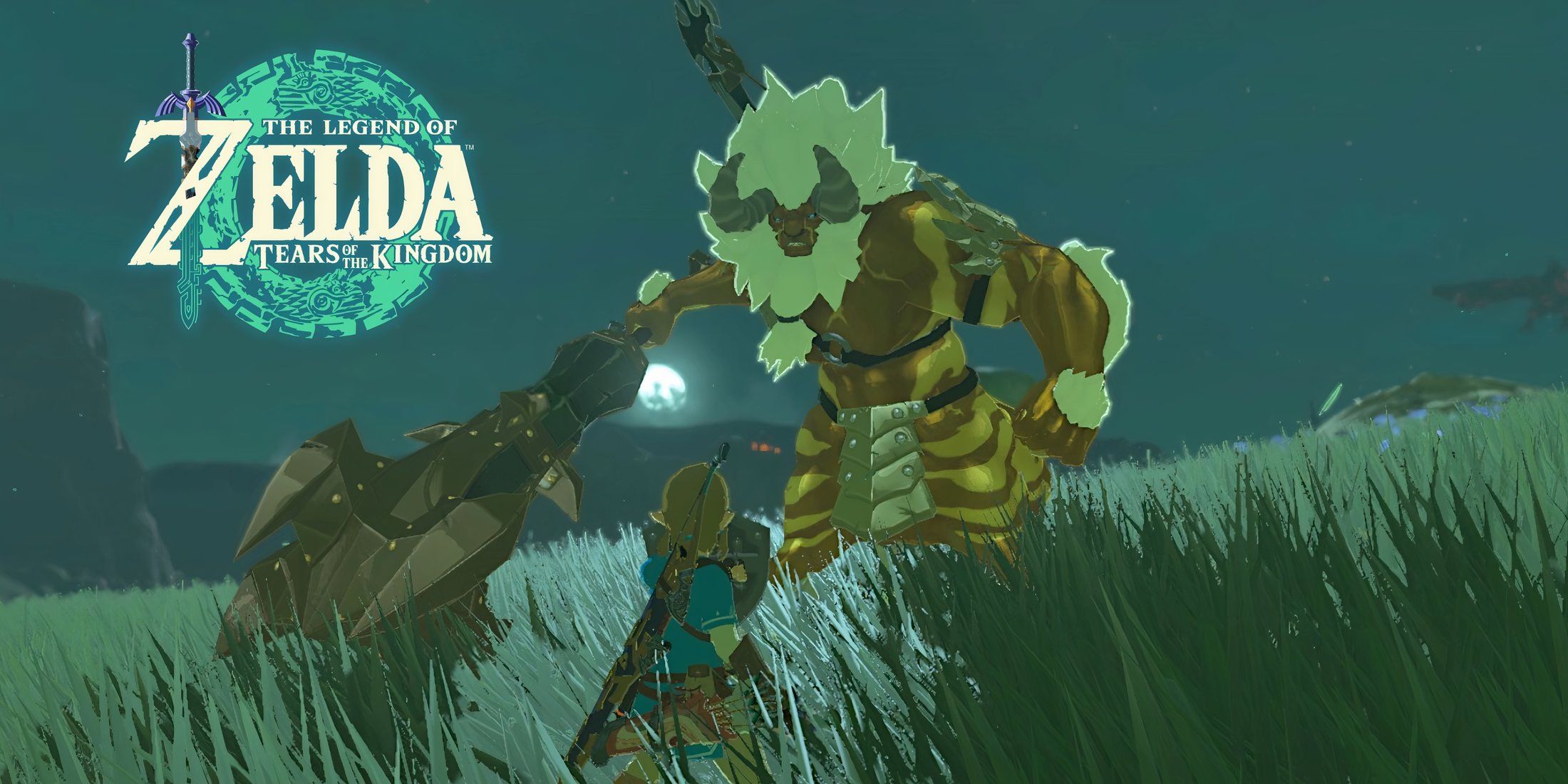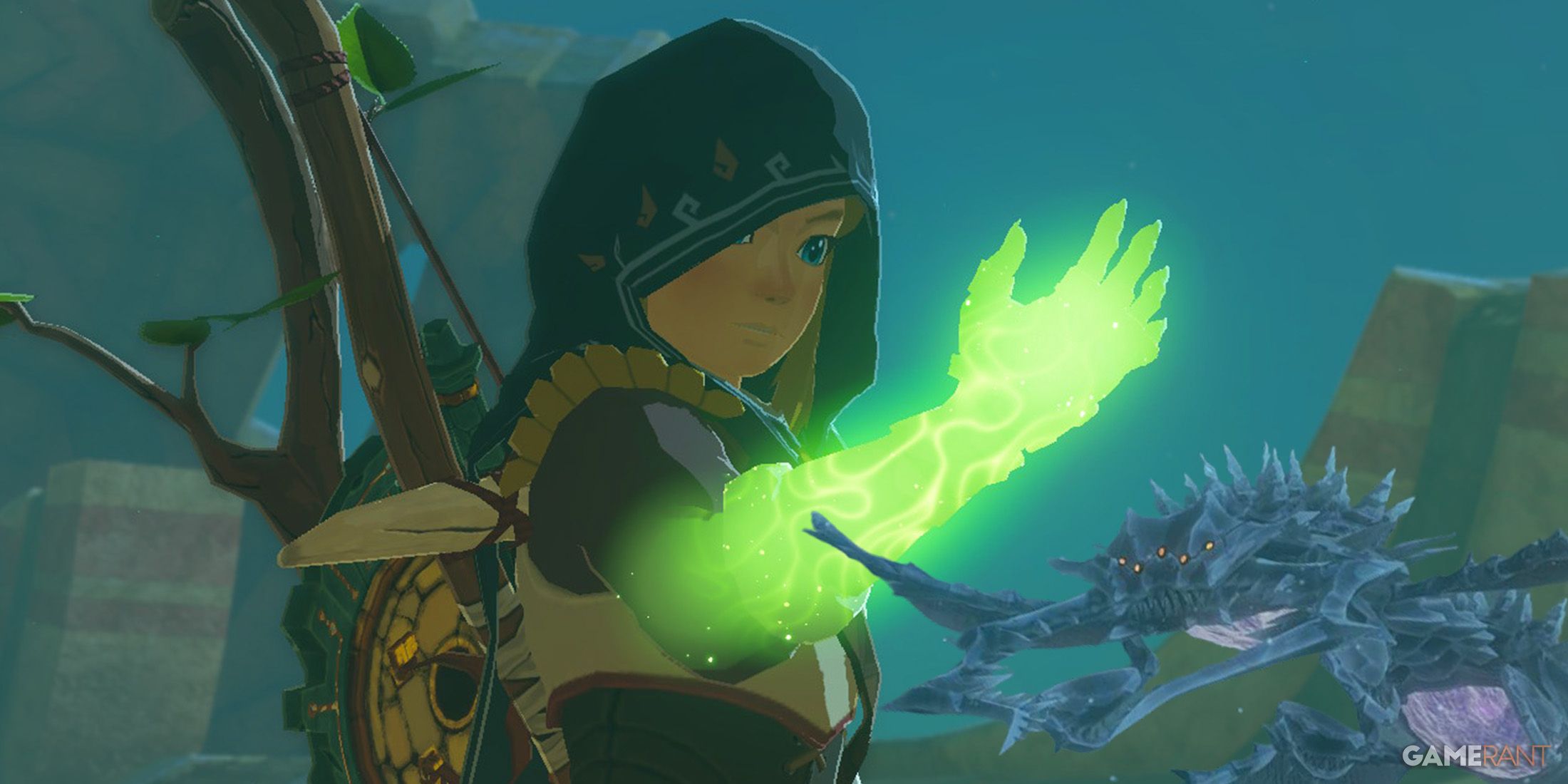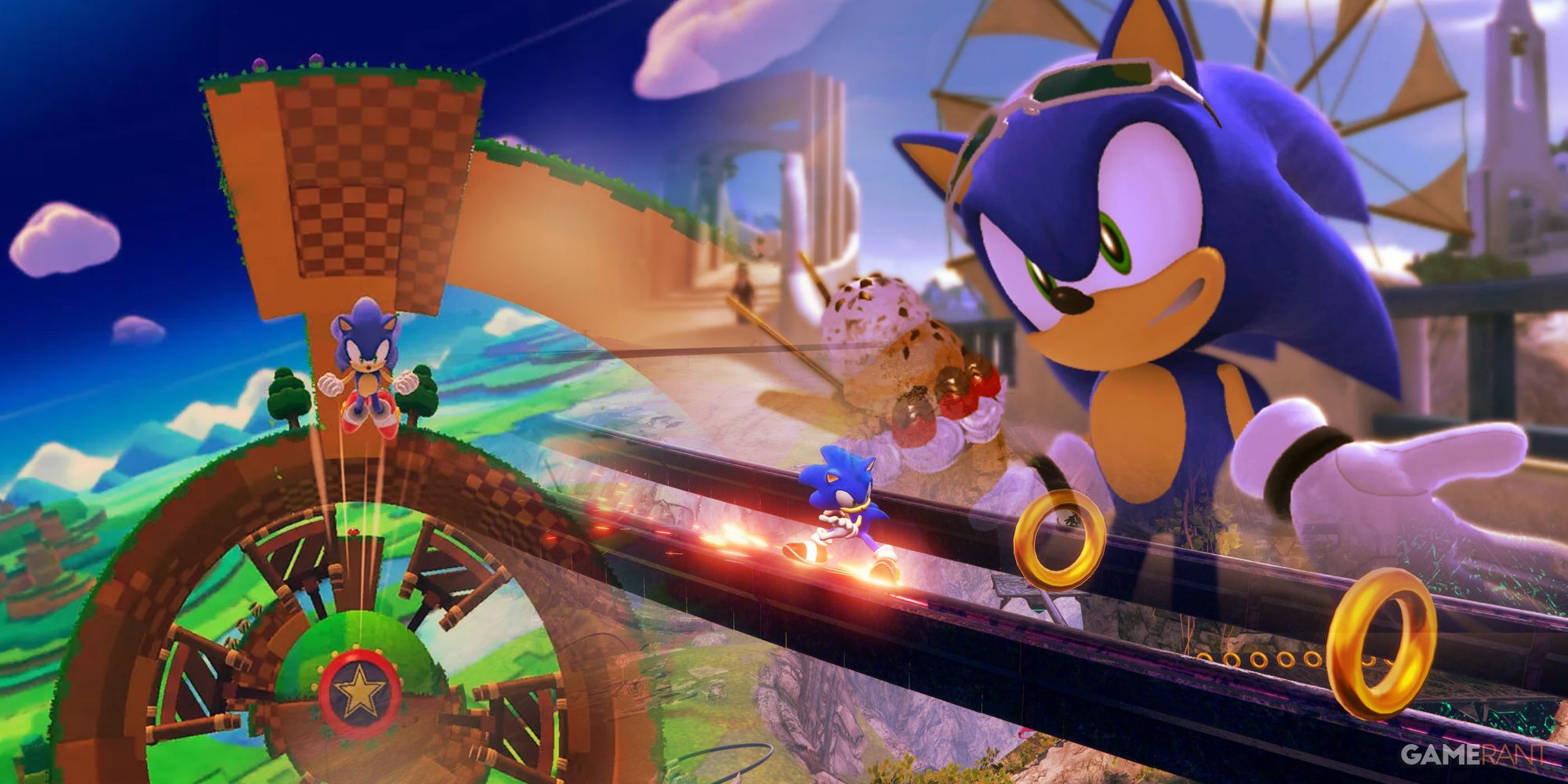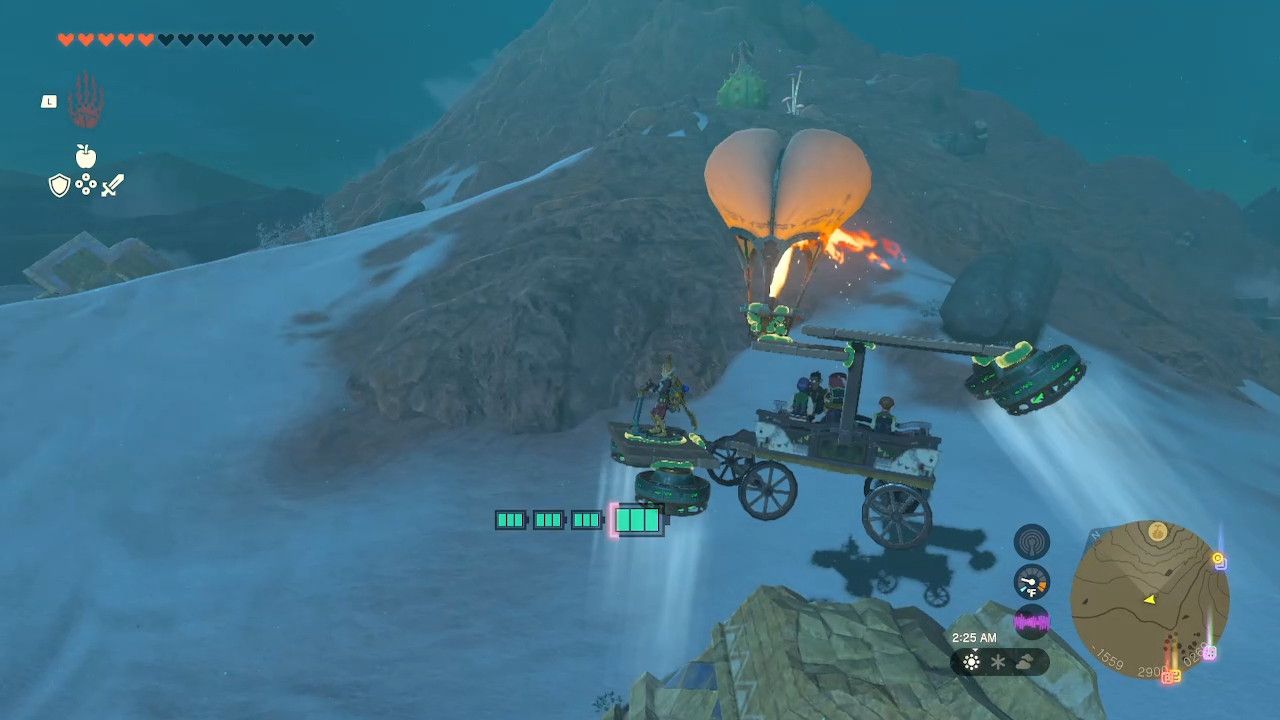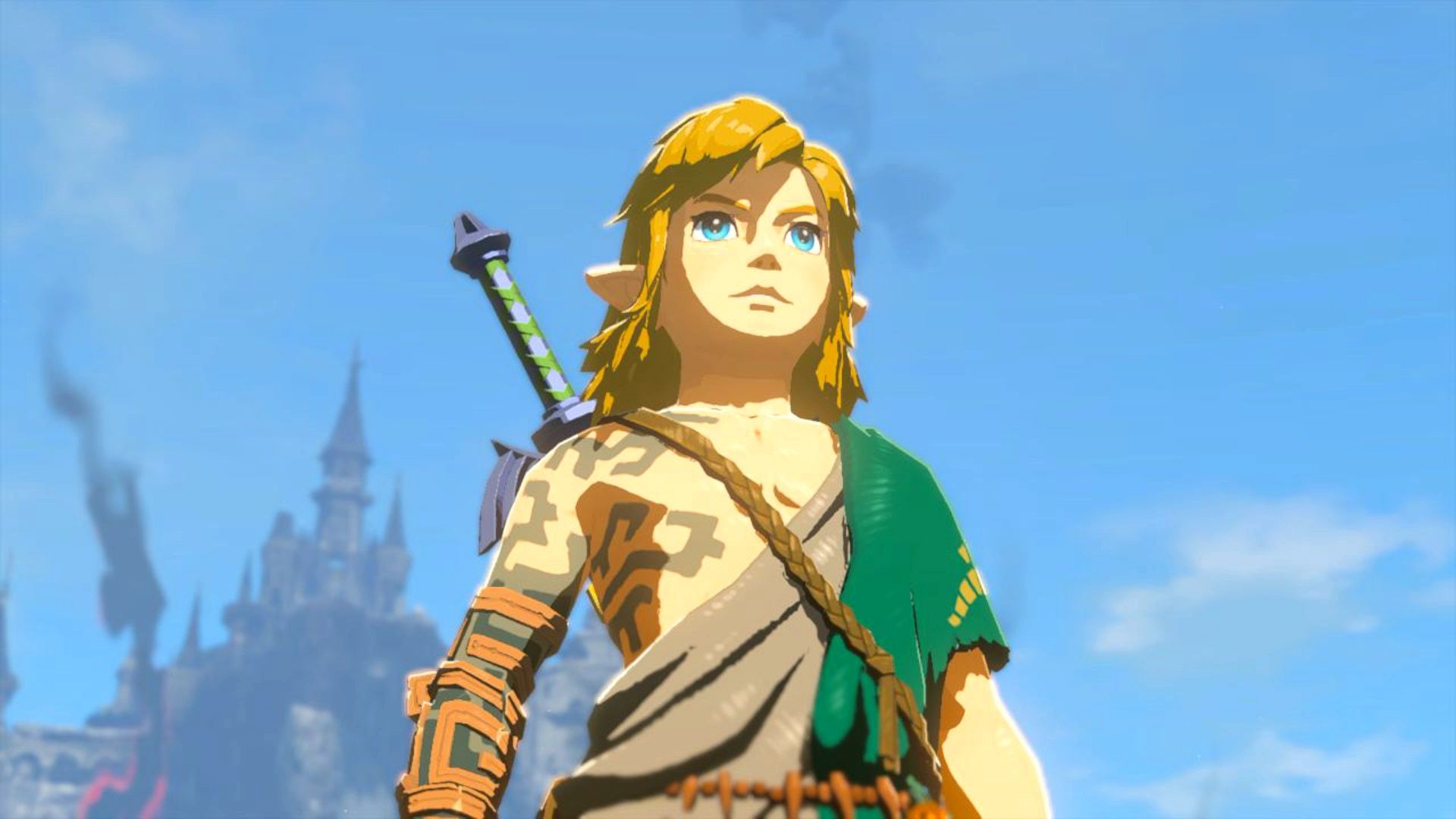The creativity and freedom players are given in The Legend of Zelda: Tears of the Kingdom is unlike many games out at the moment, emphasizing players to use the tools given in inventive ways beyond what the developers expected. This is a surface-level descriptor of Zelda: Tears of the Kingdom, but it sounds incredibly similar to Arkane Austin's Prey from 2017 as that title also allows players the flexibility to tackle situations in ways the game allows while likely being beyond what developers envisioned.
Prey is classified as an immersive sim, and Zelda: Tears of the Kingdom is not. A big reason for this is that the latter game is missing a few staples often associated with the genre. Some examples are that options in Zelda: Tears of the Kingdom can occasionally be limited, such as no method around locked doors without the key and most friendly NPCs not having any extensive interactions beyond giving quests. Where the comparisons truly lie between Zelda: Tears and the Kingdom and games bearing the immersive sim moniker is in how players can interact with the world at large and how objectives are tackled.
Zelda: Tears of the Kingdom Has The Philosophy of an Immersive Sim
A defining trait of many immersive sims is the freedom players have to interact with the world in unpredictable ways that the world responds to naturally, and much of Zelda: Tears of the Kingdom's popularity beyond its brand name stems from this very trait. Zelda: Tears of the Kingdom is popular for Korok torture, but there is a staggering number of ways a player can accomplish the intended goal of reuniting one separated from their friend.
The suggested tools are typically nearby, but by no means have to be used. With any number of Koroks, players build terrain or aerial vehicles, pick them up, or strap them to a rocket. The game does not care what methods the player uses if the objective is completed. Enemy interactions are also comparable to games with immersive sim elements, as most encounters have several variables dependent on the player's surroundings and the resources available.
Taking the example of reaching a shrine surrounded by enemies, methods can range from more standard tactics like dispatching foes from afar using a bow or charging in for a fight, but where the real enjoyment from the game stems from more inventive methods, such as infiltrating a camp with a goofy disguise, flying over all the foes to circumvent fighting them at all or charging inside a bomber plane that devastates all.
It harkens to a main mission in Deus Ex where the objective is infiltrating a pharmaceutical office in Hong Kong, and one way players can succeed is by using brute force, but more engaging methods involve bribing a manager to allow the player access to a large chunk of the level without raising suspicion or sneaking in unsuspected if protagonist JC's augmentations cater towards pure stealth.
An arguable deviation from many immersive sims is Link having the same abilities across any playthrough because titles like Prey have build variations that fundamentally change how the player interacts with the world, notably the security turn hostile if players lean heavily into Typhon powers. Much of the same can be said for many of the 152 shrines found throughout Zelda: Tears of the Kingdom.
While some might only be able to be completed in the ways the developers intended, most can take any number of absurd directions that are doable. One shrine might intend for players to build a makeshift cart that stays locked on a strangely designed track, and the only thing that matters is reaching the end.
Players can ignore making the cart in favor of fusing the provided fans, creating a lifting platform that allows players to glide safely to the goal. Objects and situations are different, but this problem-solving mentality is similar to stacking crates on top of each other to get somewhere normally inaccessible or difficult to reach, something common enough in immersive sims that it is a bit of a running joke regarding games like Deus Ex and its many boxes to stack, along with continuing the 0451 reference many immersive sims have used since System Shock.
The Term Immersive Sim is Somewhat Nebulous
Most fans won't deny that titles such as Thief and Dishonored are immersive sims since they allow players much flexibility with objectives and allow interactions affecting the characters and environments they inhabit. Other games like BioShock are also comparable to immersive sims but have more limited interactions with environments. Zelda: Tears of the Kingdom sits in the middle of those games, giving options comparable to titles carrying the immersive sim moniker, but at the same time being more restrictive when it comes to specific elements like in-depth engagements with non-hostile NPCs or having puzzles with no flexibility.
If the only barrier to clear to be called an immersive sim is to have emergent gameplay with a dynamically reacting world, then Zelda: Tears of the Kingdom can arguably be called one. The number of options connecting players to the world through combat, puzzle-solving, and traversal is staggering. Except for games like Deus Ex, System Shock 2, and Prey, it's difficult to find games whose worlds have as many dynamic reactions to player actions as Zelda: Tears of the Kingdom.
Once more rules for what makes an immersive sim are stacked on top of each other, the game begins to deviate. But that causes a slippery slope of where to draw a line. If a lack of build variety excludes it, Thief would not be an immersive sim, and if a third-person camera excludes it, then Weird West would also not be classified as one. Although many might not refer to it as an immersive sim, Zelda: Tears of the Kingdom does a wonderful job translating many elements of one into a dynamic open world, making it at least fair to bring it up in some discussions.
The Legend of Zelda: Tears of the Kingdom is out now for Nintendo Switch.

